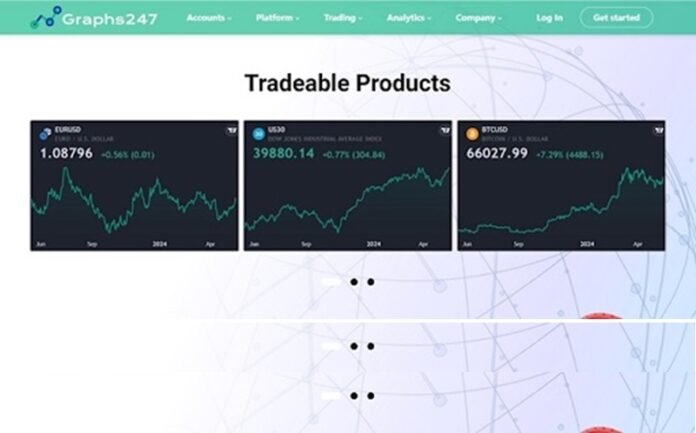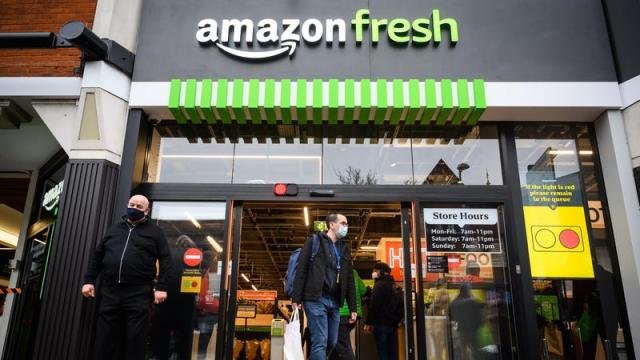A core app dashboard is a crucial tool for any business, providing a centralized location for monitoring and managing key metrics and data. However, not all dashboards are created equal. In order to truly be effective, a core app dashboard must be well-designed and tailored to the specific needs of the business. In this article, we will explore the key elements of an effective core app dashboard and how to design one that meets the needs of your business.
Why Is a Core App Dashboard Important?
A core app dashboard, also known as an enterprise core system dashboard (ECSD), is a centralized location for monitoring and managing key metrics and data related to a business’s core operations. This can include data on sales, marketing, finance, and other key areas of the business.
Having a core app dashboard allows businesses to easily track and analyze their performance, identify areas for improvement, and make data-driven decisions. It also provides a single source of truth for all stakeholders, ensuring that everyone is working with the same accurate and up-to-date information.
Streamlined Data Management
One of the main benefits of a core app dashboard is the ability to streamline data management. With all key metrics and data in one centralized location, businesses can easily access and analyze the information they need without having to search through multiple systems or reports. This saves time and improves efficiency, allowing businesses to make faster and more informed decisions.
Improved Collaboration and Communication
A core app dashboard also promotes collaboration and communication within a business. With all stakeholders having access to the same data and metrics, it becomes easier to share insights and work together to achieve common goals. This can lead to improved teamwork and a more cohesive approach to decision-making.
Real-Time Monitoring and Alerts
An effective core appdashboard should also provide real-time monitoring and alerts. This means that businesses can track their performance in real-time and receive notifications when certain metrics or data points reach a certain threshold. This allows for quick action to be taken in response to any issues or opportunities that arise.
Key Elements of an Effective Core App Dashboard
Now that we understand the importance of a core app dashboard, let’s explore the key elements that make it effective.
Customizable and User-Friendly Interface
The interface of a core appdashboard should be customizable and user-friendly. This means that businesses can choose which metrics and data points they want to display, and arrange them in a way that makes sense for their specific needs. The interface should also be easy to navigate and understand, even for those who are not data experts.
Relevant and Actionable Metrics
An effective core app dashboard should display relevant and actionable metrics. This means that the metrics and data points displayed should directly relate to the goals and objectives of the business. They should also be actionable, meaning that they provide insights that can be used to make informed decisions and drive business growth.
Real-Time Data Updates
As mentioned earlier, real-time monitoring and alerts are important features of an effective core appdashboard. This requires the dashboard to have real-time data updates, meaning that the information displayed is always up-to-date and accurate. This allows businesses to make decisions based on the most current data available.
Integration with Other Systems
A core app dashboard should also be able to integrate with other systems and tools used by the business. This allows for a seamless flow of data and ensures that all information is centralized in one location. Integration with other systems also allows for more comprehensive data analysis and reporting.
Customizable User Permissions
Not all stakeholders within a business need access to the same information on a coreapp dashboard. That’s why it’s important for the dashboard to have customizable user permissions. This means that businesses can control who has access to what information, ensuring that sensitive data is only seen by those who need it.
Designing an Effective Core App Dashboard
Now that we understand the key elements of an effective core app dashboard, let’s explore how to design one that meets the specific needs of your business.
Identify Key Metrics and Data Points
The first step in designing an effective core app dashboard is to identify the key metrics and data points that are most important to your business. This will vary depending on the industry and goals of the business. For example, a retail business may want to track sales data, while a software company may want to track user engagement metrics.
Determine the Layout and Design
Once you have identified the key metrics and data points, it’s time to determine the layout and design of your core app dashboard. This should be based on the needs and preferences of your business, as well as the type of data being displayed. For example, a dashboard that displays mostly numerical data may benefit from a more minimalist design, while a dashboard with a mix of data types may require a more visually appealing layout.
Choose the Right Technology
The technology used to create and manage a core appdashboard is crucial to its effectiveness. Businesses should choose a technology that is user-friendly, customizable, and integrates well with other systems. It’s also important to consider the scalability and security of the technology, as well as any ongoing support and updates that may be needed.
Test and Refine
Once your core app dashboard is designed and implemented, it’s important to continuously test and refine it. This means regularly reviewing the metrics and data being displayed, and making adjustments as needed. It’s also important to gather feedback from stakeholders and make changes based on their suggestions.
Real-World Examples of Effective Core App Dashboards
To further illustrate the importance of an effective coreapp dashboard, let’s look at some real-world examples.
Google Analytics
Google Analytics is a popular tool for tracking website traffic and user behavior. Its dashboard provides a customizable and user-friendly interface, with real-time data updates and integration with other Google tools.
Salesforce
Salesforce is a customer relationship management (CRM) tool that offers a comprehensive dashboard for tracking sales data and customer interactions. It also allows for customizable user permissions and integrates with other systems.
Tableau
Tableau is a data visualization tool that offers a variety of dashboards for different industries and use cases. Its dashboards are highly customizable and provide real-time data updates, as well as integration with other systems.
Who Is Responsible for Designing and Managing a Core App Dashboard?
The responsibility for designing and managing a core app dashboard typically falls on the IT or data analytics team within a business. However, it’s important for all stakeholders to be involved in the process to ensure that the dashboard meets the needs of the entire organization.
Conclusion
A well-designed and effective core app dashboard is crucial for any business looking to track and analyze key metrics and data. By understanding the key elements of an effective dashboard and following best practices for design and implementation, businesses can create a powerful tool that drives growth and success.
For more information, visit: Apzo Media











